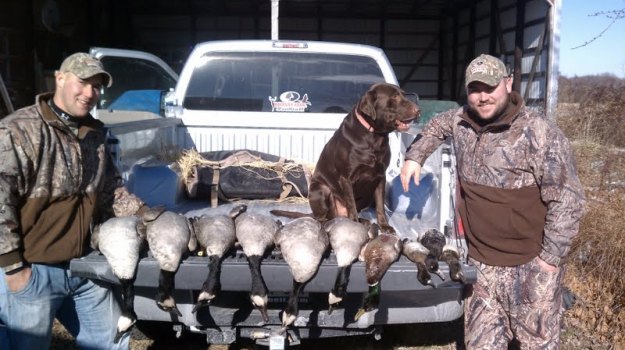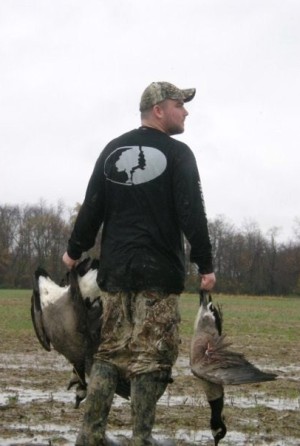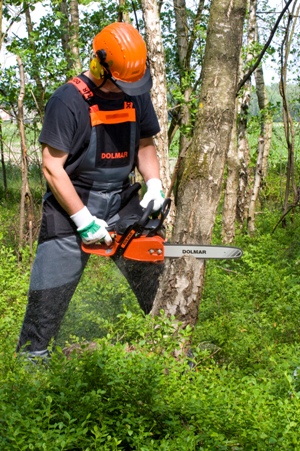
Editor’s Note: Cory Dukehart of Westminster, Maryland, is an avid waterfowler and Mossy Oak’s Atlantic flyway Regional ProStaff Manager.
The history of Maryland goose hunting is really strange. Back in the late 1800s and early 1900s, Maryland was a hot bed for goose hunting. In those early days, waterfowl hunters believed that there was an endless supply of ducks and geese coming down the flyway. They believed the birds they shot every year were replaced with more birds the next year. Too, there weren’t grocery stores and butcher shops that offered pre-packaged meat. Market hunting was a way of life. Market hunters would shoot ducks and geese with big punt guns mounted on the bows of their boats. They knew where the waterfowl were holding in little pockets and coves, would ease their boats into position and take shots at the rafting ducks and geese. They could kill numbers of birds with one shot, since punt guns were like oversized shotguns. If 40 geese were in a flock, with one shot, a market hunter might get 20 of them. He'd sell the geese to the butcher shop or a restaurant and the next day return to take more geese and ducks. The waterfowl population in Maryland became greatly reduced and required many years for those populations to rebuild.
 Then as the geese became harder to hunt and more difficult to take, market hunters would trap geese, capture these wounded geese and use these live geese as decoys. Often the market hunters would disable the geese, so they couldn’t fly and use them to decoy in the flyway geese. Once live goose decoying was made illegal, many of the geese that had been used for decoying migrating geese were released. Since a number of these geese couldn’t fly, they laid their eggs and raised their young here on the Eastern Shore. The hunters actually helped create a population of geese known as resident geese, and the resident Canada geese don’t migrate.
Then as the geese became harder to hunt and more difficult to take, market hunters would trap geese, capture these wounded geese and use these live geese as decoys. Often the market hunters would disable the geese, so they couldn’t fly and use them to decoy in the flyway geese. Once live goose decoying was made illegal, many of the geese that had been used for decoying migrating geese were released. Since a number of these geese couldn’t fly, they laid their eggs and raised their young here on the Eastern Shore. The hunters actually helped create a population of geese known as resident geese, and the resident Canada geese don’t migrate.
As states across the nation wanted geese for restocking, a lot of states chose these non-migrating resident geese to use for restocking. Today in Maryland and many other states, there are resident flocks of Canada geese that often have different hunting seasons than the flyway geese. As resident geese populations built-up, since the geese didn’t migrate, and most of their natural predators had been eliminated, resident geese numbers mushroomed. They became a nuisance at city parks, beaches, golf courses and country clubs and uninvited guests on farms. This is the reason for the two seasons - one for flyway geese and another one for resident geese. Right now, the State of Maryland homes a population of about 85,000 to 100,000 resident geese. Maryland isn’t a big state, so, this is a lot of geese for our state to hold. Plus, we get an influx of flyway geese too.



























